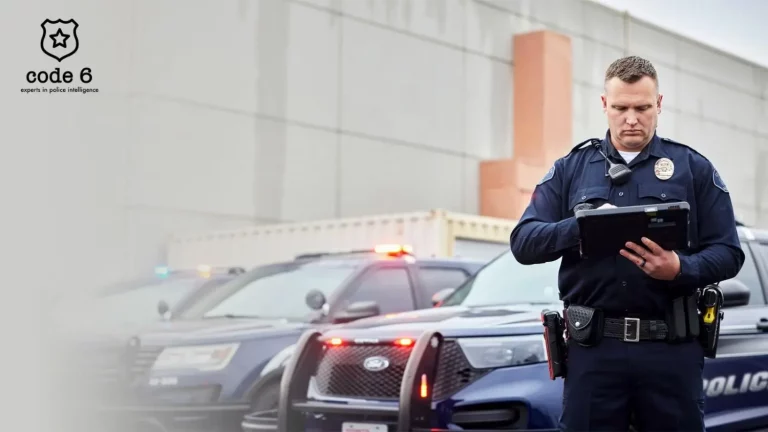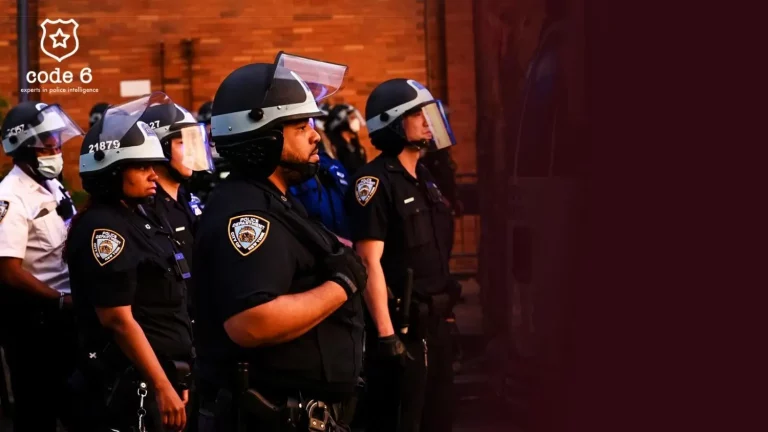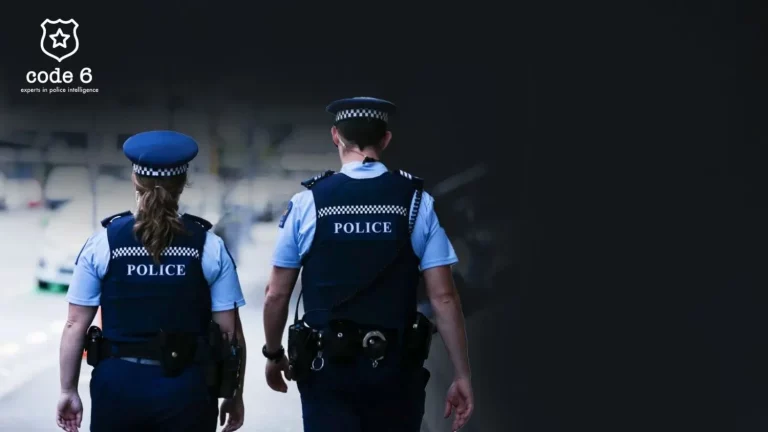An innovative approach to law enforcement is stratified policing that emphasizes a multi-tiered, structured approach to crime and community protection. By ensuring that policing tactics are customized to the unique requirements of various communities, this model serves to improve the effectiveness of police operations by cultivating and fostering better community relations.
What is Stratified Policing?
Stratified policing incorporates accountability, analysis, and problem-solving into police operations. It was created to change conventional policing techniques and uses evidence-based tactics to lower crime rate. The division of police activities into four different levels include- executive, operational, tactical, and patrol. This improves cooperation and efficiency in efforts to reduce crime.
Historical Development and Origins of Stratified Policing
Stratified policing dates back to the late 1990s, when it was initially introduced by the Port St. Lucie Police Department in Florida. This effort aimed to increase operational efficiency and community engagement. Roberto and Rachel Santos’ publication of “Stratified Policing: An Organizational Model for Proactive Crime Reduction and Accountability” in 2022 was a significant milestone that helped promote the idea.
Core Principles of Stratified Policing
There are several core principles that form the basis of stratified policing. They include:
- Evidence-Based Practices: This utilizes data-driven approaches for decision-making.
- Proactive Problem Solving: This method focuses on preventing crime rather than merely responding to incidents.
- Community Involvement: This includes engaging with local residents in order to prevent crimes.
- Accountability: This includes having clear responsibilities at each organizational level.
- Transparency: This includes ensuring open communication between police and the public.
How Stratified Policing Works?
The stratified policing model operates through several key mechanisms:
- Tiered Structure: This structure divides responsibilities amongst the different levels of officers.
- Data Analysis: This process employs crime data to inform strategies and resource allocation.
- Collaborative Efforts: This process encourages teamwork across various police divisions.
- Community Engagement: This includes actively involving the citizens in policing strategies.
Benefits of Stratified Policing
Implementing stratified policing offers numerous advantages:
- Crime Reduction: These are focused strategies that lead to lower crime rates.
- Improved Resource Allocation: Efficient use of personnel and equipment.
- Stronger Community Relations: This builds a trust between police and residents.
- Increased Officer Accountability: Clear roles enhance responsibility.
- Adaptability: Flexible framework allows for adjustments based on community needs.
How to Implement Stratified Policing in Your Department?
To successfully implement stratified policing, departments should follow these steps:
- Assessment of Current Practices: You must first evaluate your existing policing strategies.
- Training for Officers: Special training and education must be provided on the stratified model.
- Establish Clear Goals: What are your end goals? Define your objectives for crime reduction.
- Create a Communication Plan: Foster dialogue with community members to build trust.
- Monitor Progress: Regularly assess the outcomes and adjust strategies as and when needed.
Challenges in Implementing Stratified Policing
Despite the several benefits that stratified policing includes, here are some of the several challenges that can arise:
- Resistance to Change: Officers may not readily adopt new methods.
- Resource Limitations: Insufficient funding from authorities can hinder proper implementation.
- Training Gaps: Incomplete training or the lack of training can lead to misunderstandings of the model.
- Community Distrust: Previous negative experiences may affect engagement.
- Data Management Issues: Analyzing and handling the crime data might get difficult.
Training Requirements for Officers in a Stratified Model
Officers need specific training to effectively operate within a stratified model:
- Understanding Evidence-Based Practices: Training will be required to understand data analysis techniques.
- Community Policing Strategies: There must be an added emphasis on engaging with the local residents.
- Problem-Solving Skills: This includes developing proactive approaches to crime prevention.
- Accountability Frameworks: This includes learning about roles and responsibilities at each level.
How Does Technology Impact the Stratified Model?
Technology contributes significantly to stratified policing by offering tools for data collecting and analysis. It allows for real-time communication between officers and promotes community engagement via social media channels. Furthermore, advanced analytics can assist identify crime trends, allowing for more focused interventions.
Stratified Policing and Community Relations
Stratified policing improves community connections by emphasizing transparency and collaboration. By integrating communities in decision-making, police agencies may foster confidence and a shared feeling of responsibility for public safety. This cooperation strategy promotes proactive crime prevention measures that are more in line with community needs.
Future of Stratified Policing
The future of stratified policing looks promising as it evolves with changing societal needs. Some emerging trends include:
- Increased Use of Technology: Enhanced data analytics for crime prediction.
- Greater Community Engagement: More initiatives aimed at involving residents in policing efforts.
- Focus on Mental Health Resources: Integrating mental health support into policing strategies.
- Emphasis on Training Programs: Continuous education for officers on best practices.
- Adoption by International Police Forces: Expansion beyond U.S. borders as global interest grows.
FAQs About Stratified Policing
Q1. What are the levels of stratification in this policing model?
The levels include executive, operational, tactical, and patrol, each with specific roles aimed at enhancing collaboration and efficacy in addressing crime.
Q2. What role does technology play in stratified policing?
Technology aids in data collection, analysis, and communication, enabling more effective crime prevention strategies tailored to community needs.
Q3. What types of crimes are best addressed with stratified policing?
Stratified policing is effective for various crimes, particularly those that benefit from proactive measures like property crimes, drug offenses, and community disturbances.
Q4. How is the success of stratified policing initiatives measured?
Success is evaluated through crime rate reductions, improved community relations, officer accountability metrics, and feedback from residents regarding safety perceptions.
Q5. How does stratified policing improve community relations?
By involving community members in decision-making processes and fostering transparency, stratified policing builds trust and encourages collaborative efforts toward public safety.
Conclusion
Stratified policing represents a significant shift in law enforcement practices by emphasizing structured approaches to problem-solving and community engagement. Its focus on evidence-based strategies has proven effective in reducing crime while fostering better relationships between police departments and the communities they serve.
Transform Your Crime Prevention Approach with CodeSix’s Professional Consultation
If you’re looking to enhance your department’s approach to crime prevention through stratified policing, consider consulting with experts like CodeSix. Their professional guidance can help implement effective strategies tailored to your unique community needs, ensuring a safer environment for all residents.




